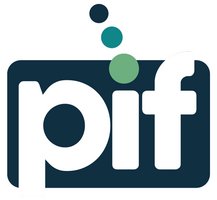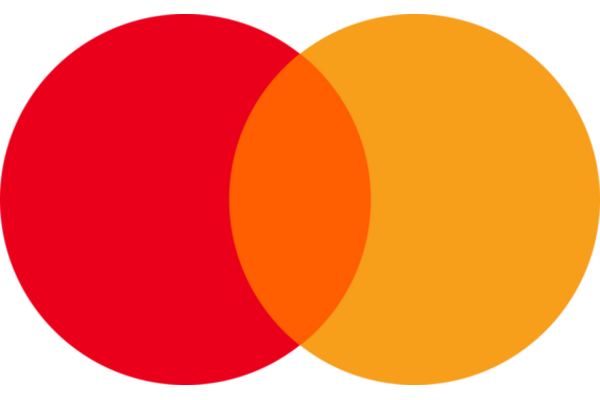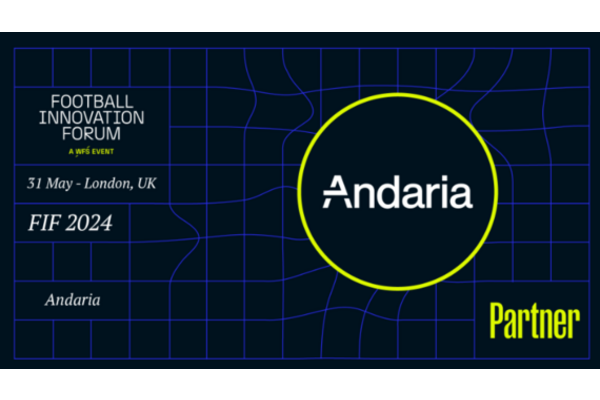Source: Decta
Introduction
Embedded finance is an emerging software distribution model that integrates financial services into existing product ecosystems through partnerships with financial infrastructure providers. The importance and potential of embedded finance cannot be overstated. The management consultant expects the overall market to return to single-digit figure growth, and generate global payments revenue of roughly $2.5 trillion by 2025.[1] And an intelligence report from Business Insider suggests that embedded finance companies will reach a market cap of $7.2 trillion globally by 2030.[2]
Retail and ecommerce platforms currently offer the majority of use cases for embedded finance solutions. The range of buy now, pay later options at online checkouts are one excellent example of the technology being implemented in the retail environment.
Additionally, embedded finance is expected to more extensively expand to insurance, tax, accounting, banking and other services in the foreseeable future. New use cases are already emerging in the fintech and neobanking space, with Galileo, Treasury Prime, Stripe, and Marqeta all being early examples of this technology. The potential for embedded finance is massive, considering that, in 2021, US consumers and businesses spent $7.16 trillion on debit and credit cards collectively.[3]
In order to investigate this burgeoning market and its potential consumers, we recently conducted an extensive survey on several aspects of embedded finance that are known to be of particular significance. The data from this survey feeds into seven key areas that are worthy of examination. It should be noted that consumers from the United States and the United Kingdom were surveyed separately.
Key Takeaways
- Availability of preferred payment method is considered a crucial factor for a positive customer experience, with 85% of Brits considering it very important feature, and 49% of respondents from both countries stating that they would abandon a purchase if their preferred payment method is not available.
- Better checkout design can lead to a 35% increase in conversion rate for large e-commerce sites.
- 54% of Americans report that embedded add-ons like insurance or financing are either very important or the most important factor for a positive purchasing experience
- Personalised offers can be viewed as icing on the embedded finance cake, not an essential feature but one that is appreciated and can be improved by targeting other demographics.
- Demographics were particularly important in this area with Generation X being most satisfied with personal offers, while Gen-Z and Baby Boomer participants rated the offers they received less favourably
- Older generations appreciate personalised offers, with 'Generation X' being the most satisfied with them. On the other hand, 'Gen-Z' and 'Baby Boomer' participants rated the offers they received less favourably
- Reducing customer friction is a $213 billion opportunity for businesses: In US, a website that requires login was the second highest rated source of negative experience with almost 50% of respondents reporting that they would likely abandon shopping if they encountered this.






